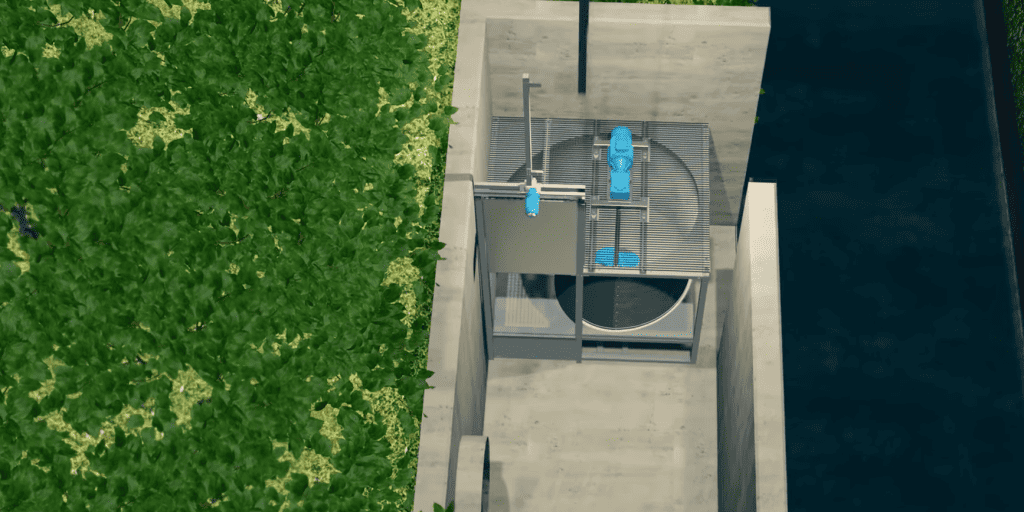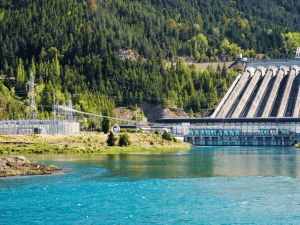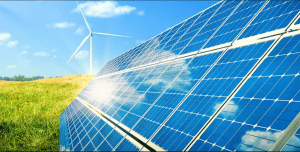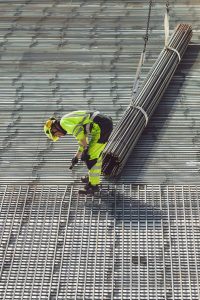Micro hydro refers to the small-scale harnessing of hydropower, typically using water flow from rivers, streams, or small waterfalls. This renewable energy technology converts the kinetic energy of moving water into electricity through micro hydro turbines. These turbines come in various designs, but their purpose remains the same: generating clean electricity for localized use or, integration with the main power grid. This form of renewable energy is gaining popularity as an efficient and eco-friendly solution, for both residential and commercial applications.
Read on as we will delve into the fascinating world of micro hydropower; explore how it can provide a reliable and sustainable source of energy, and discuss how Pioneer Infrastructure is leading the way with micro hydro installations in Canada.
Introduction to Micro Hydro Power
Micro hydro power is a renewable energy technology that uses the energy of flowing water to generate electricity. It is considered one of the simplest and most consistent forms of renewable energy, making it an attractive option for homeowners, small business owners, and communities alike.
At its essence, a micro-hydro system comprises a turbine, pump, or waterwheel, designed to harness the dynamic power of flowing water and convert it into valuable rotational energy. This rotational energy is then converted into electricity through an alternator or generator. The electricity generated can be used to power homes, resorts, farms, and even small-scale industrial operations! Micro hydro power systems are quite robust, with the capacity to generate up to 100 kilowatts of electricity! They can be scaled up or down to suit smaller developments – such as residential homes – or applied at a commercial scale – for example, on small resorts.

Components of a Micro Hydro Power System
To better understand how micro hydro power systems work, let’s explore the key components that make up these systems:
Water Conveyance
The water conveyance system consists of a channel, pipeline, or pressurized pipeline, also known as a penstock, that delivers the water to the turbine. This component plays a crucial role in ensuring a steady flow of water to maximize the efficiency of the system.
Turbine, Pump, or Waterwheel
The turbine, pump, or waterwheel is the heart of the micro hydro power system. It is responsible for converting the energy of the flowing water into rotational energy. There are different types of turbines available, each with its own advantages and suitability for specific conditions:
Impulse Turbines
Impulse turbines are commonly used for high-head micro hydro systems. They rely on the velocity of water to move the turbine wheel, such as the Pelton wheel and the Turgo wheel. The Pelton wheel uses the concept of jet force; where water is funneled into a pressurized pipeline with a narrow nozzle. The nozzle releases water which hits the buckets attached to the wheel, causing them to rotate and produce energy. The Turgo wheel – an upgraded version of the Pelton wheel – uses a smaller jet spray that hits three buckets at once, resulting in higher speed and efficiency.
Reaction Turbines
Reaction turbines, on the other hand, depend on pressure rather than velocity to produce energy. These turbines maintain constant contact between the blades and the water, making them highly efficient. While they are typically used in large-scale hydropower sites, the propeller turbine, a type of reaction turbine, can be suitable for micro hydro projects.
Alternator or Generator
The alternator or generator is responsible for transforming the rotational energy produced by the turbine into electricity. It plays a crucial role in the overall efficiency and performance of the micro hydro power system.
Regulator
The regulator is a component that controls the generator -ensuring a stable and consistent supply of electricity. It helps maintain the balance between power generation and consumption.
Wiring
Wiring is an essential element in delivering the electricity generated by the system. It connects the generator to the electrical grid or, with devices that will consume the power generated.
Inverter
Many micro hydro power systems utilize an inverter to convert the low-voltage direct current (DC) electricity produced by the system into the standard 120 or 240 volts of alternating current (AC) electricity. This connects the system to the electrical grid and enables the system to power household appliances.
Benefits of Micro Hydro Power
Cost-Effective Energy Generation
Micro hydro systems have relatively low operating costs compared to other renewable energy technologies. Once the initial installation is complete, the ongoing maintenance and operational costs are minimal. Additionally, micro hydro power systems provide long-term energy cost savings -especially in regions with high electricity rates or limited access to the grid.
Base Load Power
One of the key advantages of micro hydro power is its ability to serve as a base load power source. Base load power refers to the minimum amount of power required to meet the constant electricity demand of a community or facility. Micro hydro power offers a stable and dependable source of electricity, unlike solar and wind energy which rely on unpredictable weather patterns.
Environmental Sustainability
Unlike fossil fuel power generation – which contributes to air pollution and climate change- micro hydro energy is a clean and renewable power source. Micro hydro harnesses the natural power of water without harming the environment. It is a sustainable and eco-friendly solution for meeting electricity needs.
Energy Independence and Resilience
Micro hydro power allows homeowners and businesses to become more energy independent and resilient. By generating their own electricity, they are less reliant on the grid and are better prepared for power outages or disruptions. This is particularly beneficial for remote areas or communities with unreliable grid infrastructure.
Water Resource Management
Micro hydro systems can be designed to operate without significant impact on the local water resource. They utilize a “run-of-river” approach, meaning that they do not require the creation of large dams or reservoirs. The water used for power generation is returned to the natural watercourse, minimizing ecological disruption and preserving the overall health of the ecosystem.
Community Development
Micro hydro power has the potential to drive local economic development and improve the quality of life in communities. By installing micro hydro systems, communities can create job opportunities in the installation, maintenance, and operation of these systems. Moreover – the availability of reliable electricity can support the growth of local businesses, enhance educational facilities, and improve healthcare services.
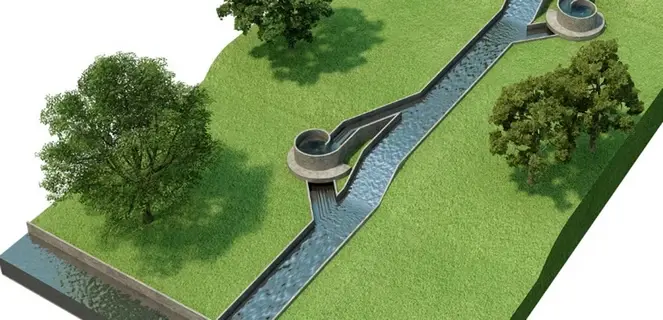
Choosing the Best Micro hydro Power System Distributor
When considering a micro hydro power system for your property, it is crucial to choose a reliable and reputable distributor. Here are some key factors to consider:
Quality Assurance: Ensure that the distributor provides high-quality micro hydro turbine generators that meet industry standards.
Comprehensive Quotation: Your distributor should offer a detailed quotation that includes all the necessary components for a complete micro hydro power kit.
Custom Solutions: Look for a distributor that can provide tailored hydro power solutions based on your specific requirements and site conditions.
Competitive Pricing and Service: Choose a distributor that offers competitive rates without compromising on the quality of service. Having customer support that is both quick and effective is crucial.
Additional Services: Consider suppliers that offer additional services such as installation technical support and power plant design services. This can save you time and effort in the overall implementation of the micro hydro power system.
Luckily, Pioneer Infrastructure covers all the above-mentioned factors so you don’t have to worry about searching for these.
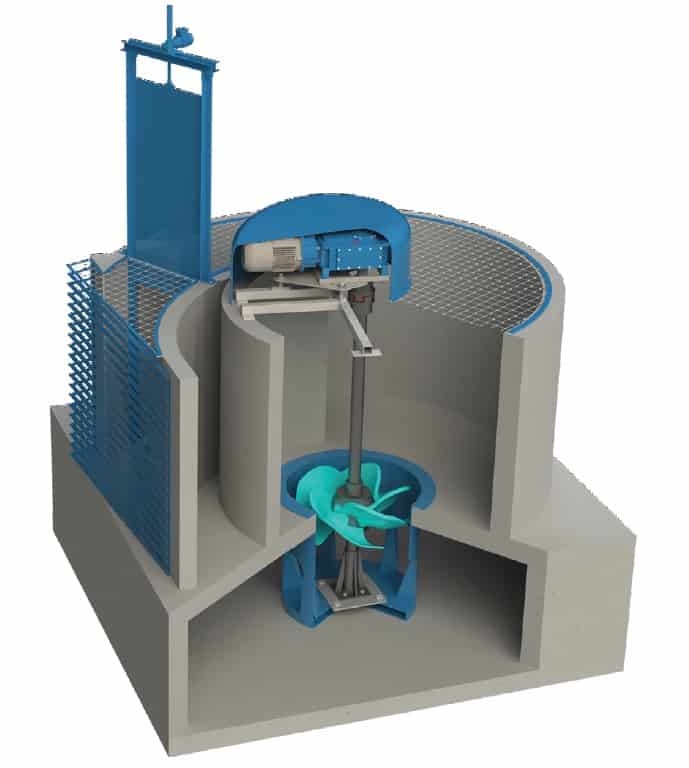
Working with Prominent Micro Hydro Companies
Pioneer Infrastructure is proud to work with prominent micro hydro companies such as Turbulent and KCT. These companies specialize in designing and manufacturing micro hydro turbines that are efficient, reliable, and environmentally friendly.
For those interested in installing a micro hydro system, Pioneer Infrastructure offers the Vortex turbine, a cutting-edge technology that maximizes energy production from flowing water. With the Vortex turbine, homeowners and businesses can harness the power of water to generate clean renewable electricity.
To learn more about the Vortex turbine and how we can help you with your micro hydro installation, get in touch with us today.
Pioneer Infrastructure: Your Micro Hydro Power Solution in Canada
For those looking to harness the power of micro hydro as a base load power solution in Canada, Pioneer Infrastructure is a leading provider. We are the only company in Canada that installs and offers micro hydro power systems, making us the premiere choice for reliable and efficient micro hydro solutions.
With Pioneer Infrastructure, you can expect a comprehensive range of services, including installation, technical support, system design, and competitive pricing. Our expertise and commitment to customer satisfaction make us the ideal partner for your micro hydro power needs.
If you are interested in exploring the possibilities of micro hydro power for your own energy needs, contact us today to find out how we can assist you in harnessing the power of water for sustainable energy.

